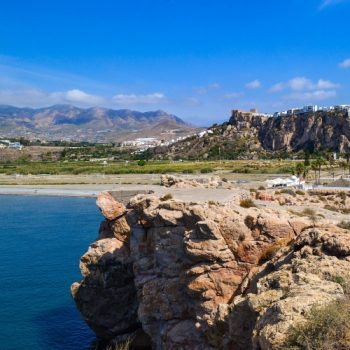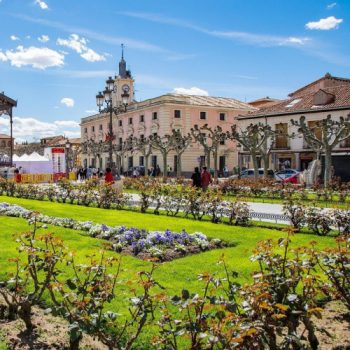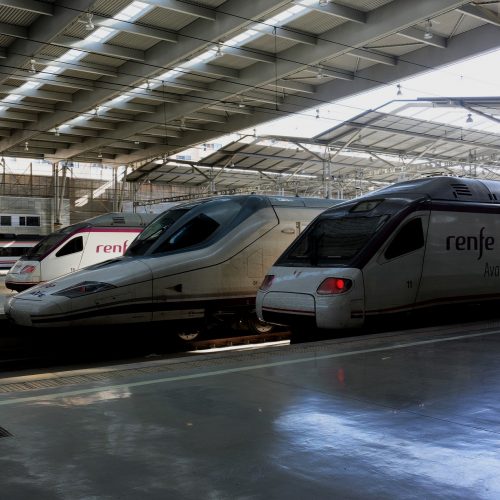
Traveling by Train through Spain
Dear Caroline,
There are so many ways to travel and so many factors to consider when deciding which way is the best for you (including price, duration, comfort, and, maybe, environmental impact). Where flying can be the most convenient in terms of time spent traveling, it is not always the cheapest nor the most environmentally friendly option—something that may or may not be important to you but is gaining importance around the world. While I personally consider flying as a good option for long-distance travel, when I am traveling shorter distances, I also like to consider other ways of travel.
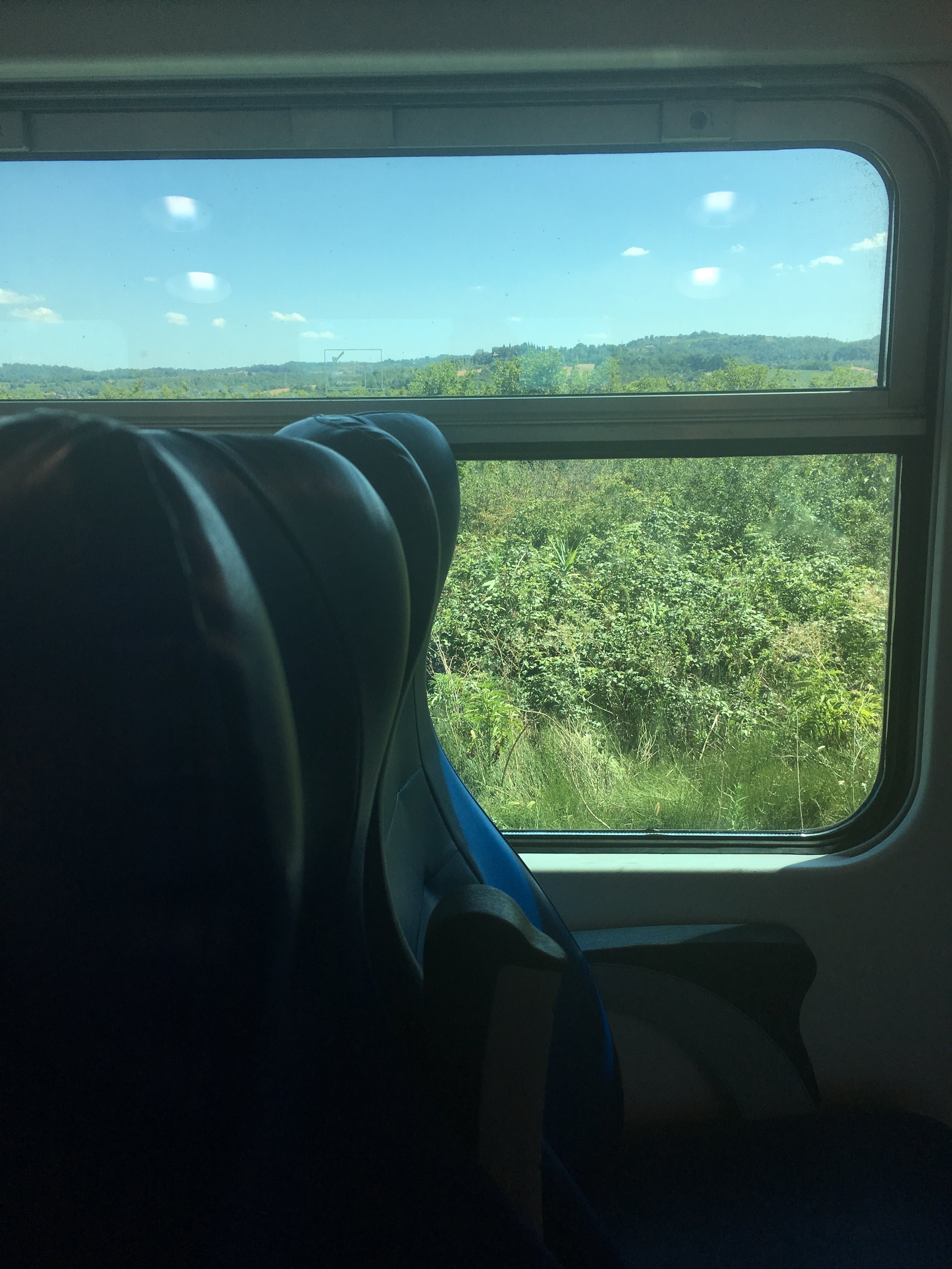 Train travel is a personal favorite for two main reasons: it doesn’t make me feel motion sick like buses and you get to see the beautiful countryside. Add in the fact that it can be very reasonably priced and quite quick depending on the train you choose, and train travel is a good option for moving around. That is why today we are focusing on rail travel within Spain and how you can connect from Spain to other European countries using trains.
Train travel is a personal favorite for two main reasons: it doesn’t make me feel motion sick like buses and you get to see the beautiful countryside. Add in the fact that it can be very reasonably priced and quite quick depending on the train you choose, and train travel is a good option for moving around. That is why today we are focusing on rail travel within Spain and how you can connect from Spain to other European countries using trains.
The main provider of trains in Spain is Renfe (Red Nacional de los Ferrocarriles Españoles or the National Network of Spanish Railways). Typically, you will be able to use two different types of trains: ‘normal,’ slower trains and newer, faster trains known as the AVEs (Alta Velocidad Española or Spanish High-Speed Trains). While AVE trains are faster than the other trains available—and can even be priced comparably with planes if bought in advance—they only travel between certain cities.
Pro-Tip: If you are looking to travel on a budget, use webpages like Rome2Rio.com to better understand the cost and time comparison of different forms of travel.
So, how should you look at train travel around Spain? Let’s consider local, national, and international travel.
Local travel:
Trains connect most major cities across Spain and often stop in a variety of smaller towns. And, oftentimes, you will be able to find reasonable travel options from a main city to places in the surrounding area. These connections from large cities to their surrounding areas are called cercanías, in Spanish literally meaning surroundings (although they can have different names depending on the region as well).
When you are moving around shorter distances, you will probably only be able to take the ‘normal’ trains and not the AVE. However, these trains are still as comfortable as and, usually, as fast as driving between two cities. That means that while renting a car or using Bla Bla Car might be your best option for visiting certain places, train travel can also be an excellent option when moving around.
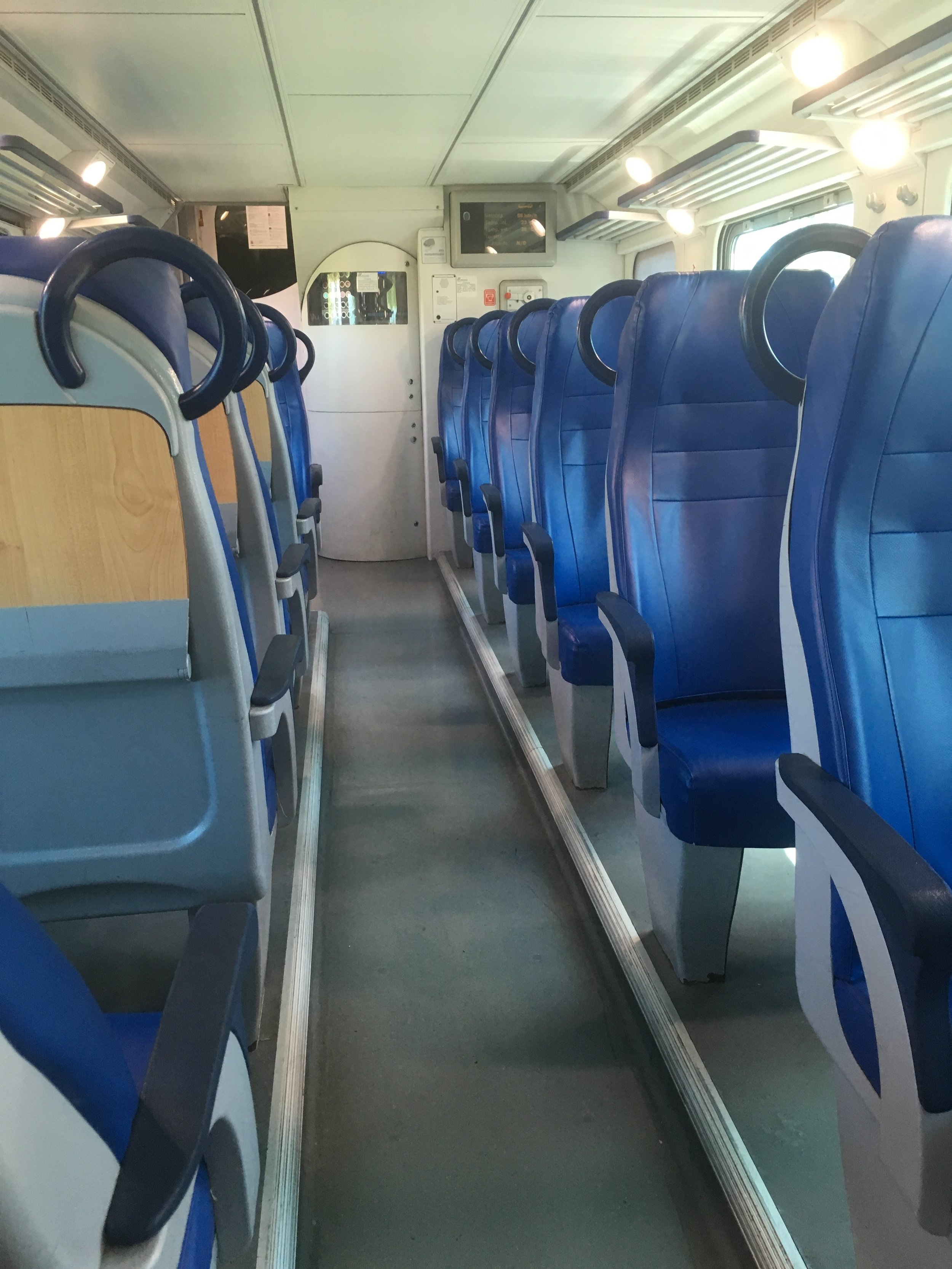 National travel:
National travel:
If your plan is to travel to multiple large cities across Spain, you will probably have the option to either travel with a regular train or the AVE (check out this map to see what cities the AVE stops in and other long-distant travel options). Why should you consider traveling by train instead of by plane around Spain? One good reason is the luggage allowance. If you haven’t become a master packer and have more bags that you would like to pay for when traveling by plane, consider a train. Renfe allows you to take up to three bags per person. And while the total weight allowance is 25kg, I have never personally seen anyone weighing bags on any of my trips.
Also, traveling by train usually means you will be able to leave from the city center (as opposed to have to get to the airport) and only need to be there just before the train departs in most cases (although you might want to consider giving yourself a buffer period of 30 minutes). In addition, traveling around Spain by train can be cheaper than by plane if you book your tickets in advance. Finally, train travel allows you to observe the countryside in a way that planes don’t without the responsibility of driving a car.
When traveling nation-wide, if you choose an AVE, you will probably take about as long as a plane (if you include check-in, boarding, and transport to the city center) where as if you take a normal train, it will take about as long as driving. However, it is worth looking at all your options when planning your trip because some distances are much longer by train than by other modes of transportation.
Pro-Tip: If you are flexible about your travel schedule, you can probably organize yourself in a way that is faster, cheaper, and easier than if you have a rigid schedule.
International travel:
In addition to traveling around Spain, you can also use train travel to get from Spain to Portugal and France (and from France onward to the rest of Europe). While the train operators change depending on the country you are in, you should be able to find some good deals if you make sure to book in advance. In addition, if you decide you want to make a whole trip of traveling around Europe by train, you should consider an Interrail (for Europeans) or Eurorail (for non Europeans) pass—a ticket that is set for a certain number of days/trips.
Note: Spain now has a similar version to this pass just for Spain. You can find more about it here.
International travel by train gives you options that are not always available when you travel by other means. For example, you will be able to have more flexibility than a flying because you can usually wait longer to book and oftentimes can swap equivalent tickets for a low price. And, when compared to traveling by car, while you lose some flexibility on where to stop, etc., you will gain the ability to stop in the middle of the city without having to find parking.
 If you are thinking that traveling by train is a good option for you, consider these two tips for finding the best trips at the best price:
If you are thinking that traveling by train is a good option for you, consider these two tips for finding the best trips at the best price:
1. Book in advance: Like most types of travel, booking your trains in advance is the best way to guarantee that you get what you are looking at a reasonable price. Make sure to consider how flexible you want to be when you purchase your tickets and you will be able to ensure that the trip is what you are looking for.
At the same time, please note that tickets usually only become available 60 days before the travel day (AVE trips often are published a bit sooner). However, it is entirely possible that you can only see the trip you are looking for 30 days before you travel. This means you will have to figure out your own middle point between booking in advance and making plans right before you leave.
2. Book at the right place: Like we mentioned before, Renfe is the company that runs most of the train travel in Spain and you can find them at renfe.com. However, as a non-Spanish speaker with a foreign card, it might not always be easy for you to purchase tickets. That is because the website often has odd translations and issues accepting non-Spanish cards (although, they have recently launched paypal options).
Therefore, we would recommend a.) trying to book at renfe.com; b.) use a third party site such as this one or this one that work in English in addition to other languages; c.) buy your tickets directly from the train station. In theory, if you book at the same time, all three places should offer you the same price on your ticket; however, if you wait to book, you will probably see price increases.
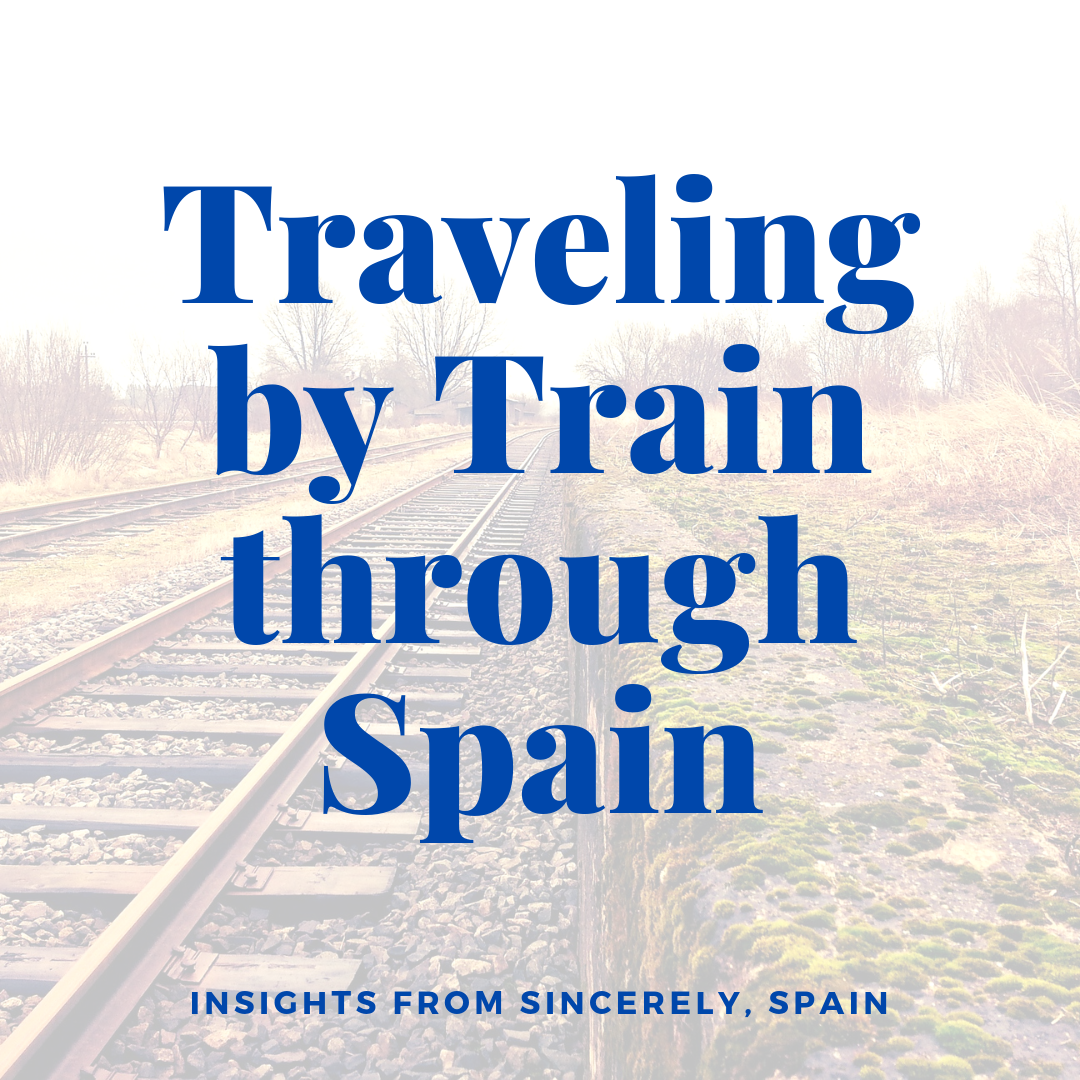 If you have any more questions about traveling by train through Spain, let us know below! And we hope you take advantage of this transportation option while you are visiting or living in Spain.
If you have any more questions about traveling by train through Spain, let us know below! And we hope you take advantage of this transportation option while you are visiting or living in Spain.
Sincerely,
Spain

